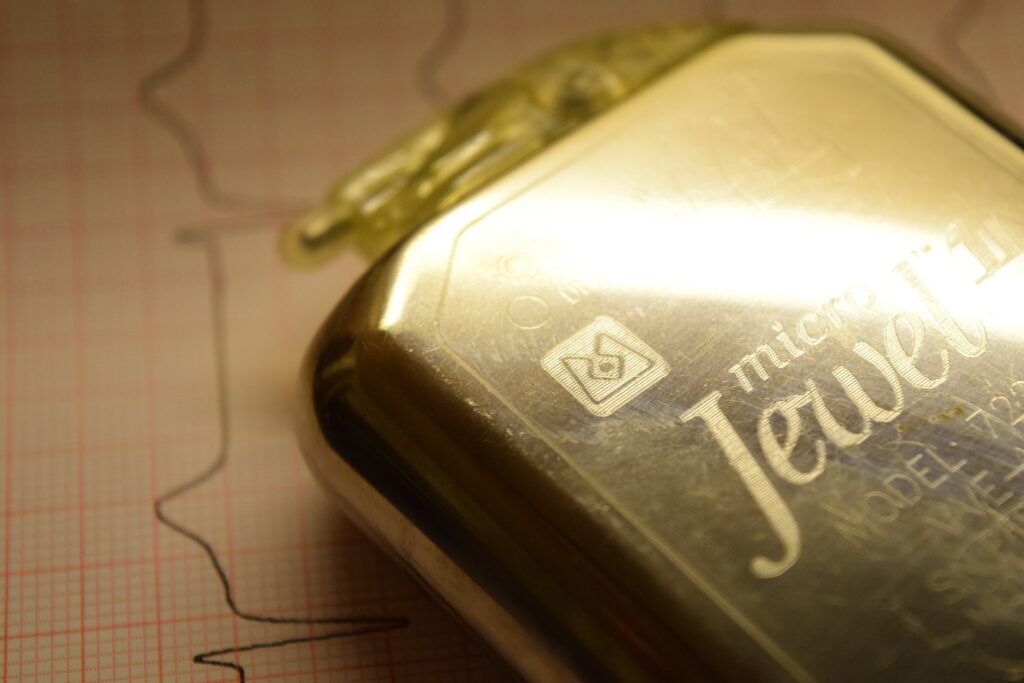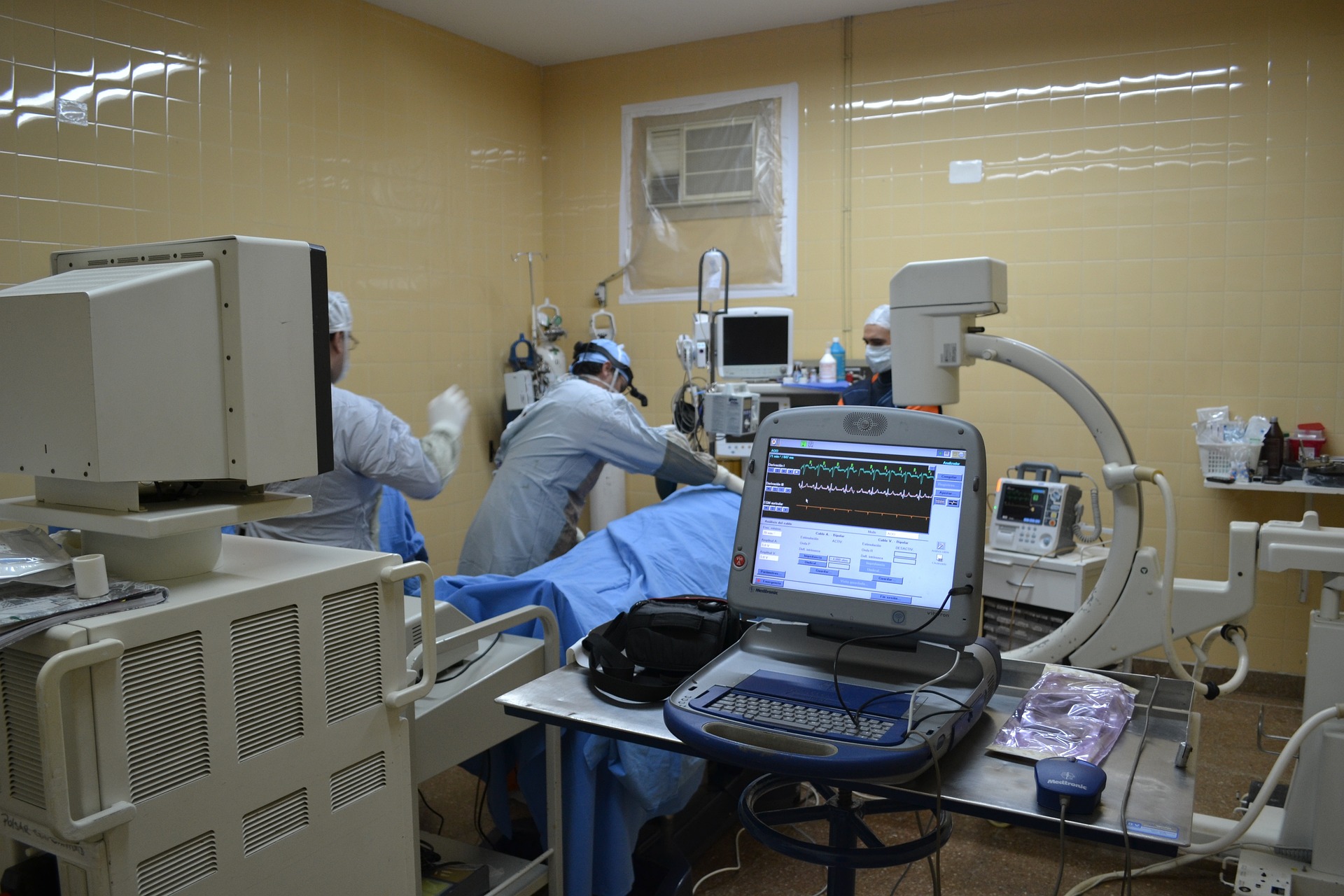Since the first pacemaker was installed in 1958, the devices have become much smaller and their lifespan has increased. Periodically, however, the devices still need battery replacement, and the wires can wear out. This leads to new surgical interventions.
In addition, complications occur with the classic pacemaker, including infection of the implanted area, displacement of the device, tissue damage, bleeding, and thrombosis. Over the past 5 years, several models have been created to make the device as comfortable and effective for patients as possible.
- In 2015, Israeli scientists proposed using a light-sensitive protein to control rhythm. Using a virus, they injected the algal protein ChR2, which responds to blue light, into the heart cells of experimental rats. It opens ion channels in the membrane in response to the pulse. The experiment showed that the flashes of light can be used to tune the heart rate. However, in order to use ChR2 with the human heart, the problem of light penetration through body tissues must be solved.
- In 2017, researchers from Israel and Canada developed a biological pacemaker using cells that are functionally similar to natural cells that stimulate heart function. They grew them from embryonic stem cells. During the experiment, the transplanted pacemaker cells restored heart rhythm in six out of seven rats.
- In 2019, American engineers developed a generator capable of generating electricity through the contractions of the heart muscle. The current in this case is transmitted to a nearby pacemaker. The developers believe that in the future such a device will make it possible to create a fully autonomous pacemaker that does not require battery replacement.
Statistics and Practice of Pacemaker Use
At least 3 million people around the world live with pacemakers, and about 600,000 devices are implanted in patients each year. In Great Britain alone, 32,902 devices were implanted in 2018-2019 to keep the heart working steadily. Many movie stars, athletes, and politicians live with pacemakers. Cardiomyopathies, bradycardia, heart block, and heart failure can be reasons for the device.






